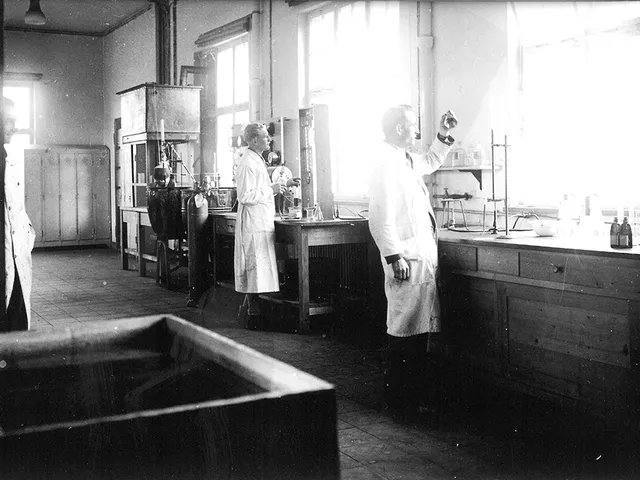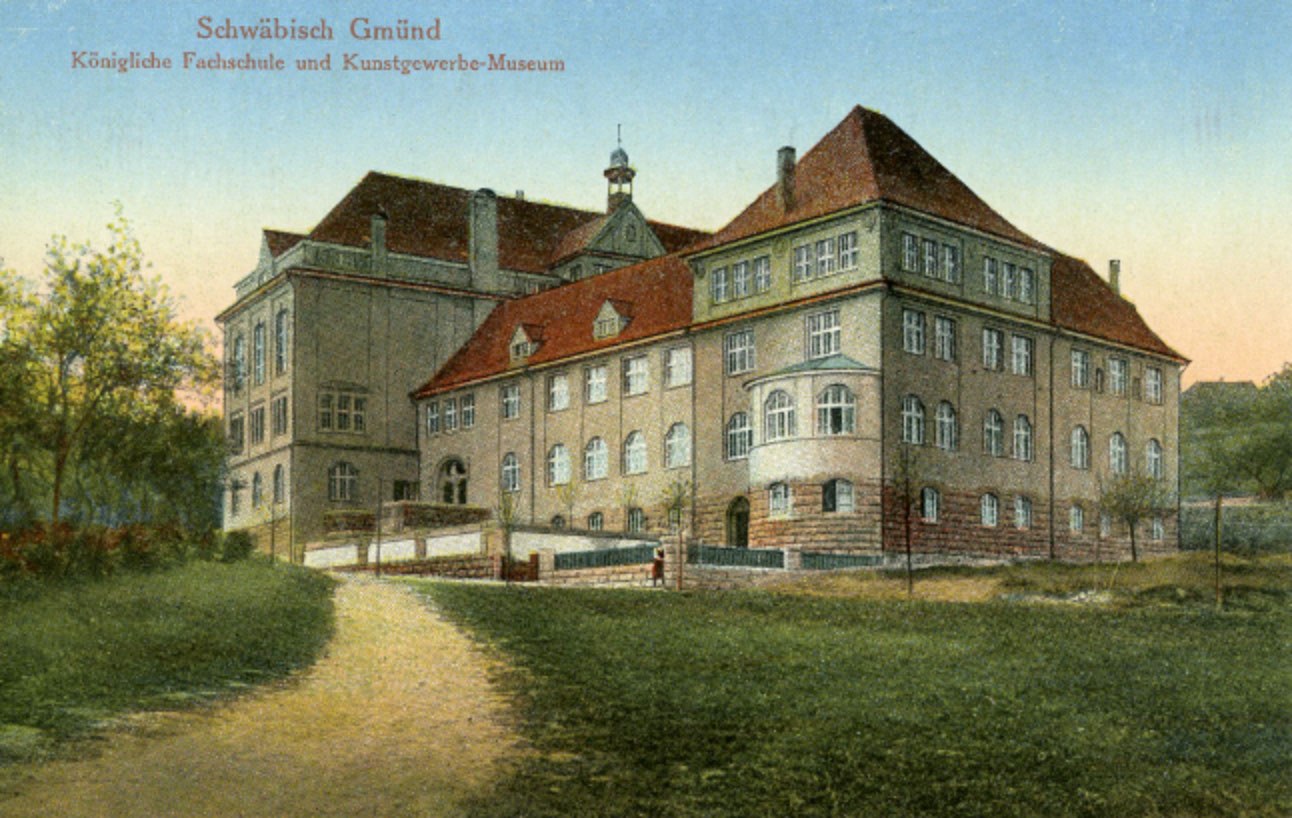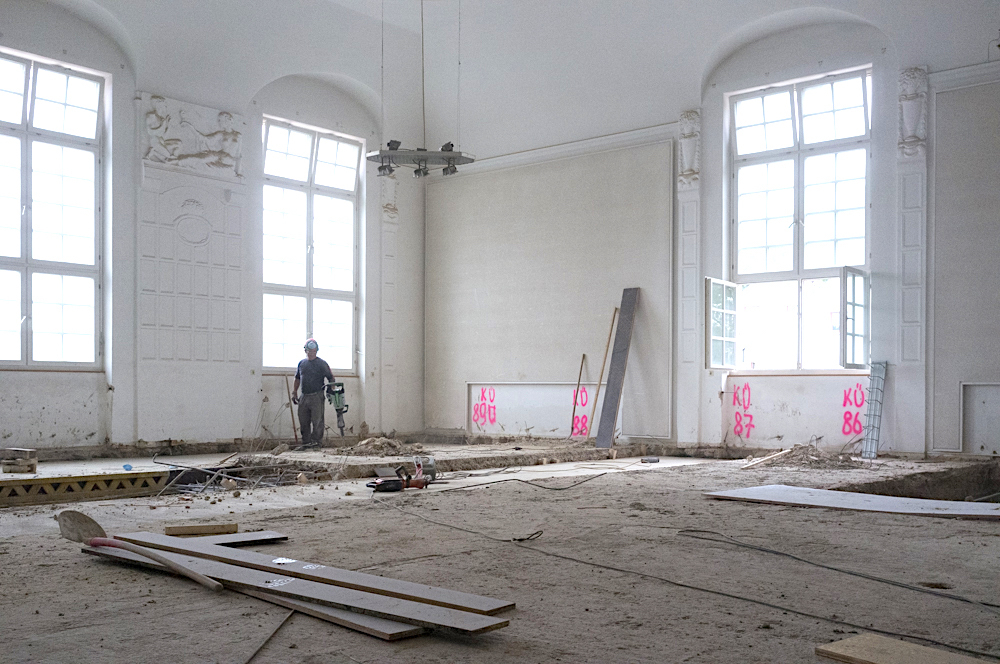History of the University

1776
Founded as a drawing school, which was expanded in 1860 to become a trade school with its own specialist department for goldsmiths and silversmiths.
1907
The „Royal Technical College for Precious Metals Industry“ is founded.

1909
Separation from the vocational school and move on 1 April into the new school building designed by the architect Martin Elsässer with an adjoining museum wing for the “Gmünder special museum”. The majority of university is still housed in this building today.
1923
Renamed „State College for the Precious Metals Industry“. Josef Albers, Lászlo Moholy-Nagy, Wilhelm Wagenfeld and other Bauhaus greats are guests in Schwäbisch Gmünd.
1926
Establishment of the first „Class for Industrial Design“ by Prof. Walter Klein.
1933
We are currently trying to research the history of the HfG during the National Socialist era.
1950
Renamed „State College for Precious Metal Trade“. After the end of the 2nd World War, classes begin as early as October 1945. The class for industrial design is restarted by the new headmaster Prof. Walter Lochmüller.
1965
The „Staatliche Werkkunstschule Schwäbisch Gmünd“ (State school for technical arts and crafts is founded. After the previous emphasis on craftsmanship, a strong concentration on design issues follows. Product designs are now inseparably linked with visual design.
1972
The „Fachhochschule für Gestaltung“ is constituted. The founding rector is Prof. Karl Dittert. The educational concept of the previously very artistically oriented institution is now based on the design principles of the Ulm College of Design.
1983
The design fundamentals form the basis for the establishment of the courses of study Product, Jewellery and Visual Design.
1987
Integration of the area called New Media.
1999
The course of study is fundamentally restructured. The two overlaying courses of study, Information and Media Design and Product and Environmental Design, enable students to set their own individual priorities.
2003
The Master’s program in Communication Planning and Design commences.
2004
Conversion of the previous diploma courses to the new bachelor’s degree courses in Communication Design and Product Design.
2005
The university is now called Hochschule für Gestaltung Schwäbisch Gmünd (University of Applied Sciences).
2007
Addition of the course of study Interaction Design; first admission in the summer semester.
2008
The Master’s degree program Product Planning and Design is launched.
2010
Start of the renovation of the historically preserved university building by architect Martin Elsässer in the Rector-Klaus-Strasse. Move to Gmünd-Tech in Marie-Curie-Strasse.

2012
Extension of the Interaction Design course of study to a full course of study; students are admitted for the summer and winter semester.
2014
The Master’s program in Strategic Design starts. This marks the end of the Master’s programs Communication Planning and Design and Product Planning and Design.
Move to a new university building at Bahnhofplatz 7 in Schwäbisch Gmünd.

2015
The bachelor’s degree course Digital Product Design and Development – Designing Networked Systems starts. The HfG Schwäbisch Gmünd is the first university in the German-speaking world to offer this course of study and moves back to the HfG’s completely renovated and modernized main building at Rektor-Klaus-Strasse 100.
2018
The first DP students successfully complete their bachelor studies.
2019
For the first time since its foundation, the university has more than 700 students.